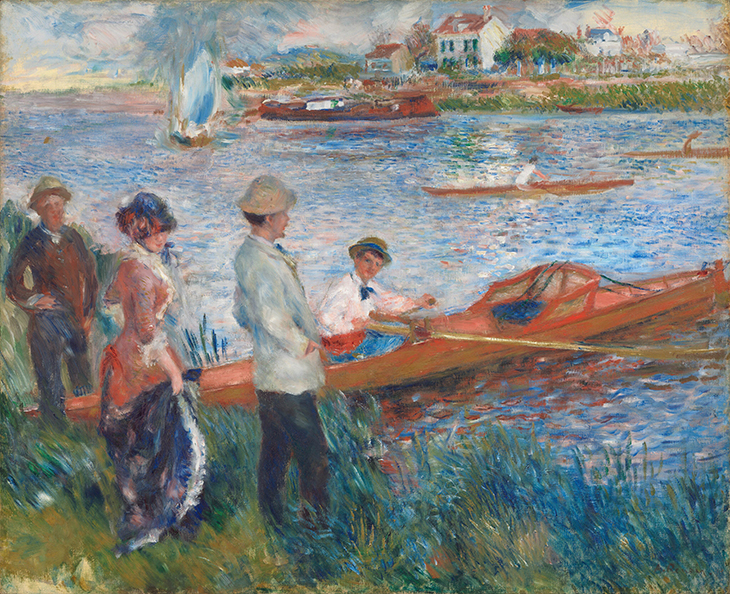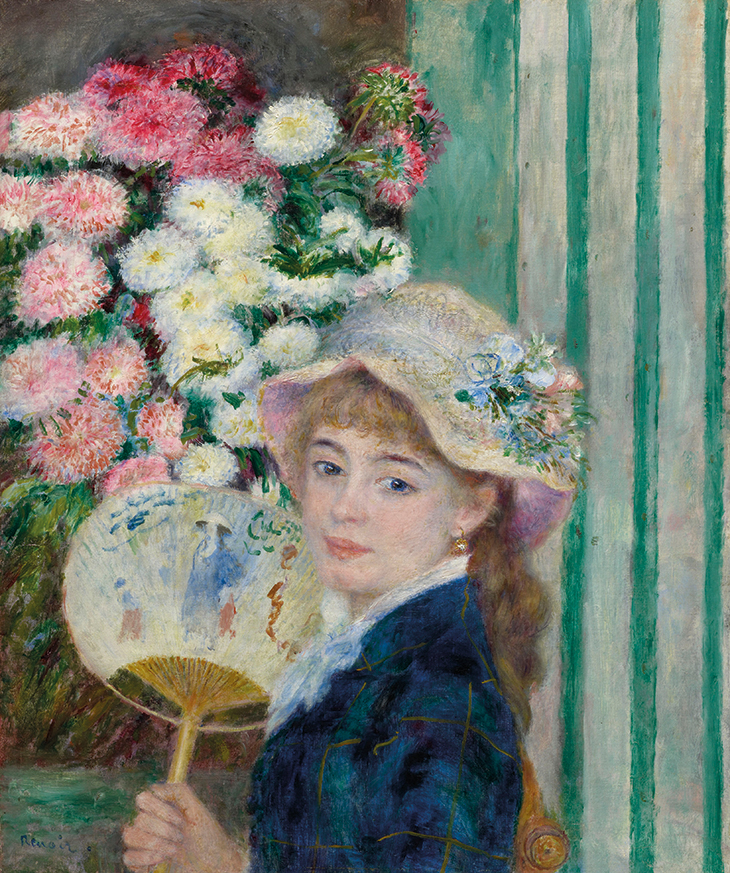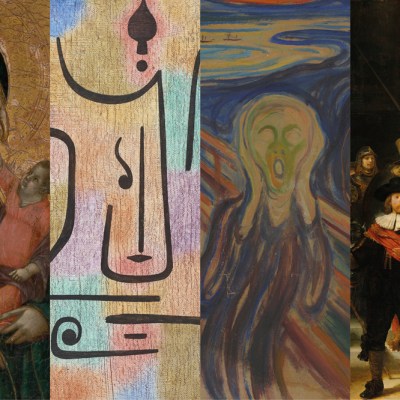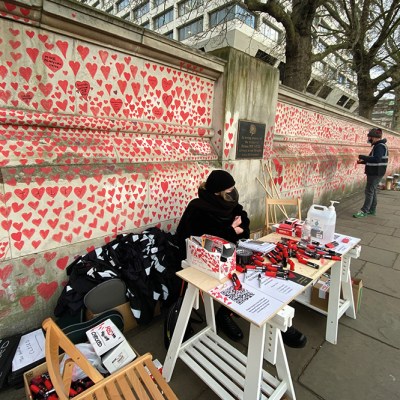Dismissed as mere frivolity in the wake of the French Revolution, rococo made a comeback in the 19th century – helped, this exhibition at the Städel Museum in Frankfurt suggests (2 March–19 July), by the high esteem in which Renoir and his fellow Impressionists held painters such as Jean-Antoine Watteau and Jean-Honoré Fragonard. Renoir’s early training as a porcelain painter brought him into close contact with the work of Watteau and Fragonard, as well as François Boucher, from whom he imbibed a fondness for the subjects that would become his hallmark: garden parties, or promenaders on the riverbank. He also admired, and sought to emulate, the freedom of rococo brushwork. The exhibition compares Renoir’s gleanings from rococo with that of contemporaries such as Degas, Manet, Monet and Morisot, posing the question of whether Impressionism – so often thought of as a cult of the new – in fact kept one eye fixed on the art of the past. Find out more from the Städel’s website.
Preview below | View Apollo’s Art Diary here
Oarsmen at Chatou (1879), Pierre-Auguste Renoir. Photo: Courtesy National Gallery of Art, Washington, D.C.

After the Luncheon (1879), Pierre-Auguste Renoir. Photo: Städel Museum, Frankfurt am Main

Portrait of Madame Monet (Madame Claude Monet Reading) (c. 1874), Pierre-Auguste Renoir. Image courtesy Clark Art Institute.

Woman with a Fan (c. 1879), Pierre-Auguste Renoir. Image courtesy Clark Art Institute




